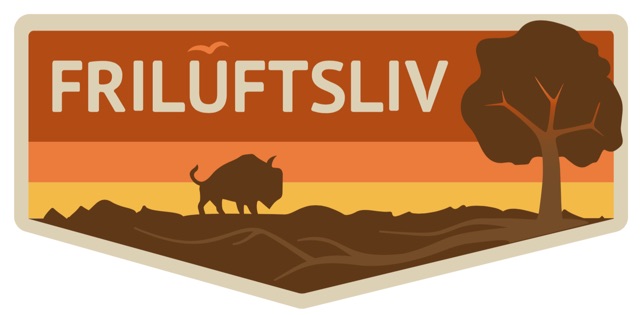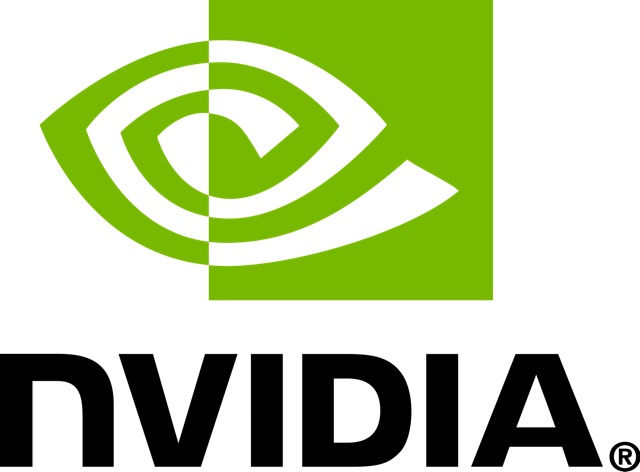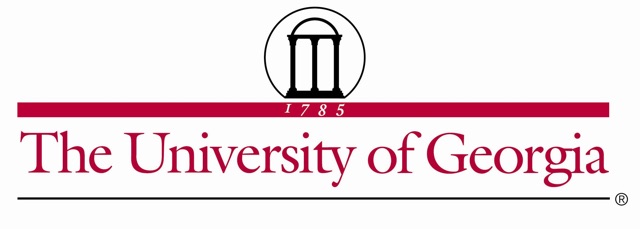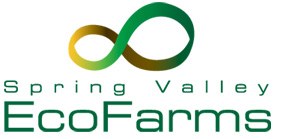Projects

Our first responders often go into situations with little knowledge of the environment. I was funded to develop a drone that can asses the environment before anyone enters. Giving these heroes the information they need to stay safe when facing dangerous situations.
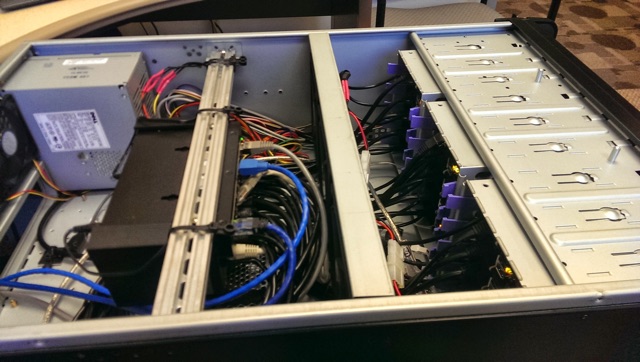
Cheaper, smaller and low power distributed computing environments are needed to fill a gap that has been growing for many years. These systems can be used in many fields such as fault tolerant AI control of drones or as tools for learning how to use larger scale systems. They can be used as a method of large network monitoring by having many machines watching for potential problems. These are but few of the uses for these types of systems.
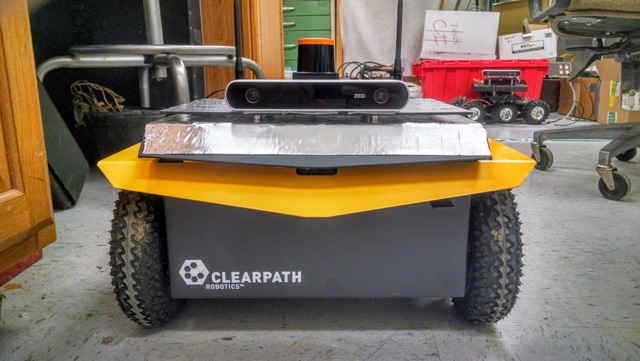
Robots have become commonplace in almost all manufacturing industries. Agriculture is at a point that robotics is needed to achieve the output and yet meet sustainability goals needed to bring a clean and healthy future to the planet. This system strives to reach this goal by leveraging 3D mapping, GPU computing, big data, and cloud based services. Automated plant by plant data collection and operations assistance is vital to improving yields and yet maintaining a healthy environment. Current systems have been strictly limited to lab based settings and do not take a holistic approach to the problem.
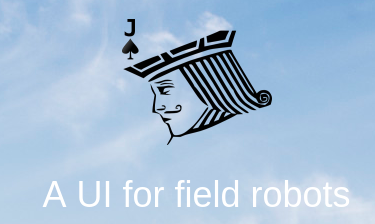
Jack UI is a web application meant to make the operation of ROS enabled field robots intuitive and modern. Eliminating the cumbersome operator systems for ROS. By leveraging the latest technologies for web applications Jack UI can be used on any device and with any ROS robot.

